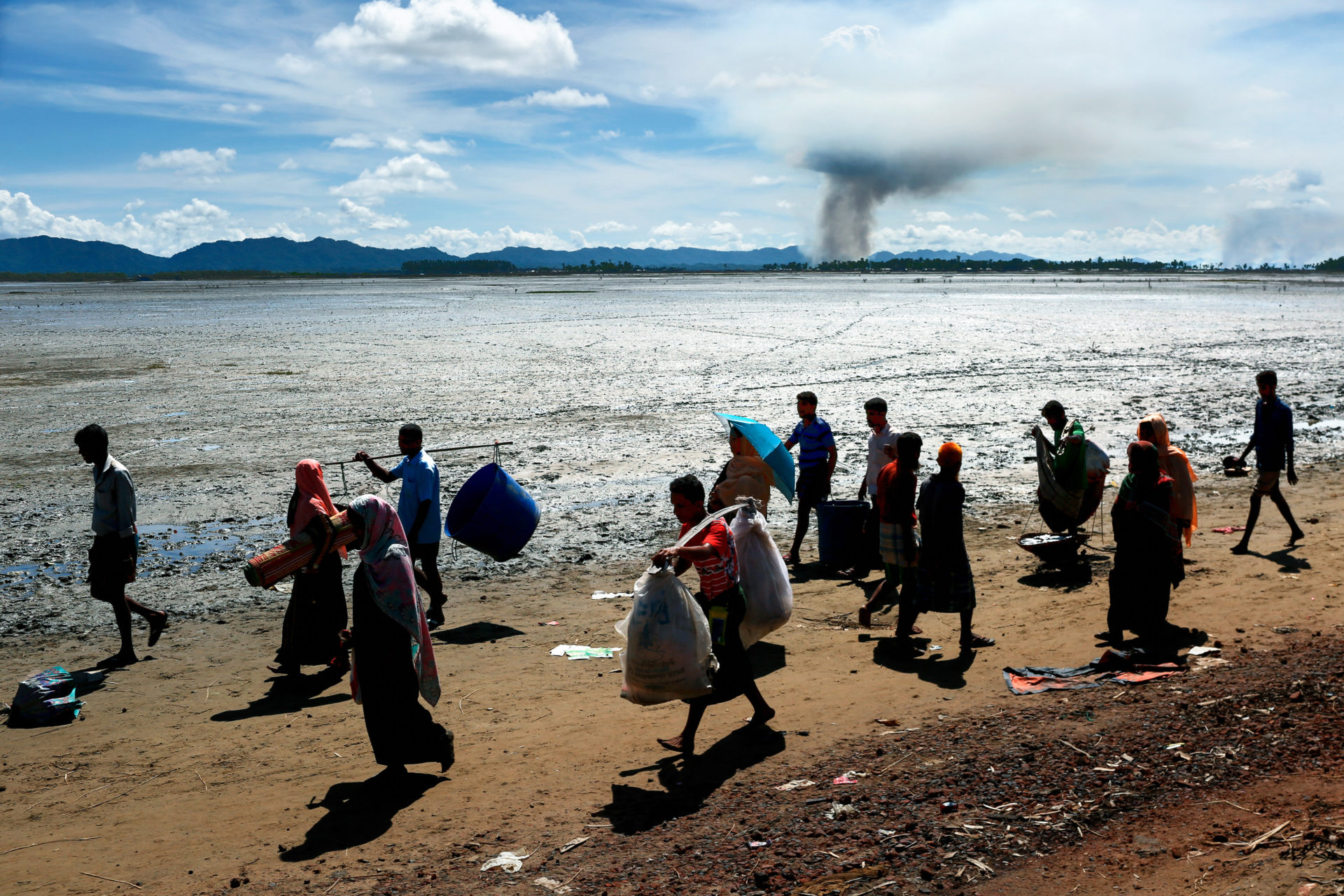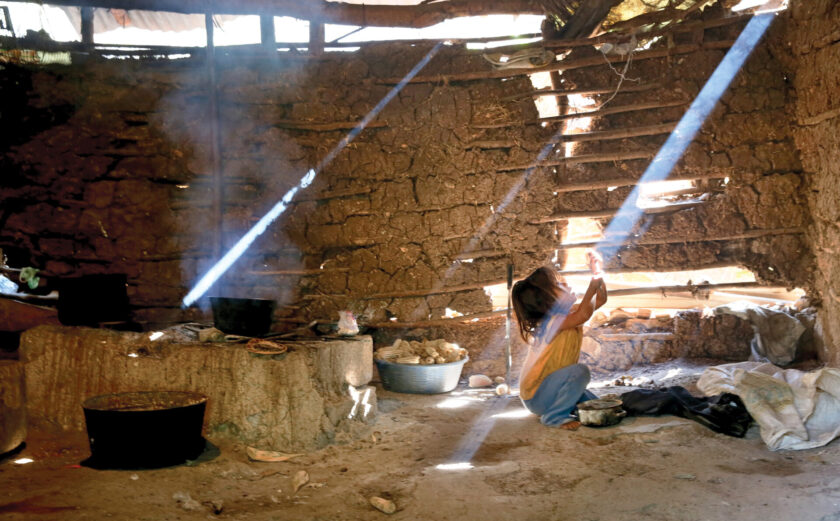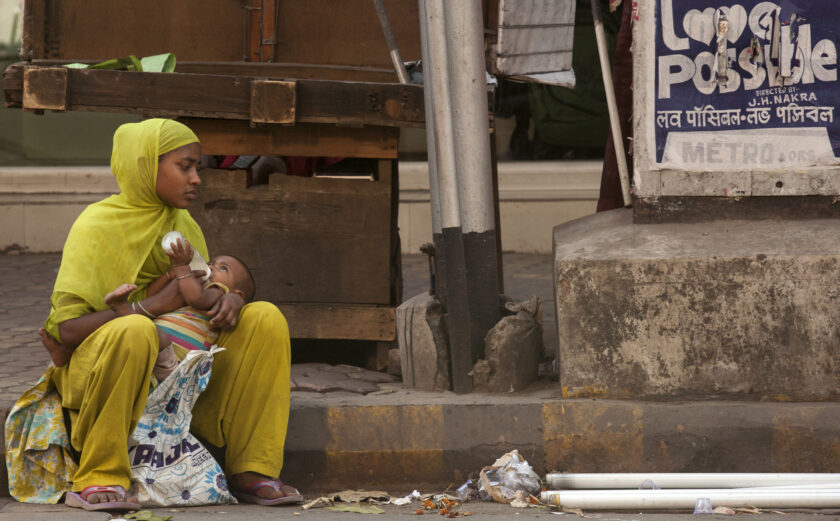
The Rohingya Crisis is Not Just Bangladesh’s Responsibility
In 2015, Nobel Peace Prize winner Aung San Suu Kyi was seen as a beacon of democracy and human rights for Myanmar. Four years later, the Nobel laureate defended her homeland against accusations of genocide at the United Nations’ highest court.
The mass genocide of Rohingya communities, a Muslim minority group in Myanmar, has been documented by the U.N.—mass murders and rape of men, women, and children; children killed; people dying of hunger; and whole villages burned down. Thousands of Rohingya people have been killed and hundreds of thousands of others have been driven into exile in neighboring Bangladesh.
Bangladesh has opened its arms to around 925,000 Rohingya Muslim refugees—creating the largest single refugee camp in the world. These camps, where Rohingya families reside, are situated in a rugged, hilly region of the country which is vulnerable to landslides, cyclones, and flooding. While visiting Cox’s Bazar, the world’s largest refugee settlement, we saw evidence of the communities’ incredible resilience in the face of hard living conditions.
Kutupalong camp, over an hour drive from Cox’s Bazar, is a temporary “town” filled with fragile shelters and struggling with severe overcrowding. Water is unclean and there is an increased risk of water-borne diseases like cholera and diarrhea. Moreover, poor conditions combined with overcrowding have created the perfect environment for the spread of diseases.
Yet, Rohingya refugees are thankful for the safety of the camps, and the services provided.
While the Bangladesh government continues to host, and allow assistance for, Rohingya refugees, much more can be done. For instance, fencing is currently being put up around the camp, risking turning the camps into open-air prisons. There is minimal internet and cellphone connectivity in the camps, which disrupts communications between camps and puts lives at risk, as refugees cannot contact medical and emergency personnel.
Livelihood opportunities are restricted by the Government of Bangladesh, leaving many refugees solely dependent on aid. Until recently, only one-third of refugee children were able to access primary education through temporary learning centers.
With Myanmar having demonstrated little to no progress in creating conditions necessary for return, the Bangladesh government must shift their approach from only providing short term solutions to supporting the Rohingya people’s long-term needs. This means expanding access to education, providing more support for refugees to engage in livelihood opportunities, and supporting the introduction of stronger, semi-permanent structures in the camps that are more resilient against the monsoon and natural disasters.
The responsibility of helping the Rohingya people does not solely lie with Bangladesh.
The international community needs to support the Government of Bangladesh and aid agencies’ efforts to ensure Rohingya refugees are supported during their displacement.
The international community must also continue to apply pressure on Myanmar to protect members of its Rohingya population from widespread human rights violations and to implement measures that will support conditions for the Rohingya people to return home.
Justice and accountability need to be served in Myanmar. Aung San Suu Kyi has failed to acknowledge the atrocities committed. It is the international community’s job to continue to push for Myanmar to be held accountable. And while the pressure on Myanmar persists, the international community must continue to provide multi-year support to ensure that the Government of Bangladesh is not standing alone while helping the Rohingya people.








